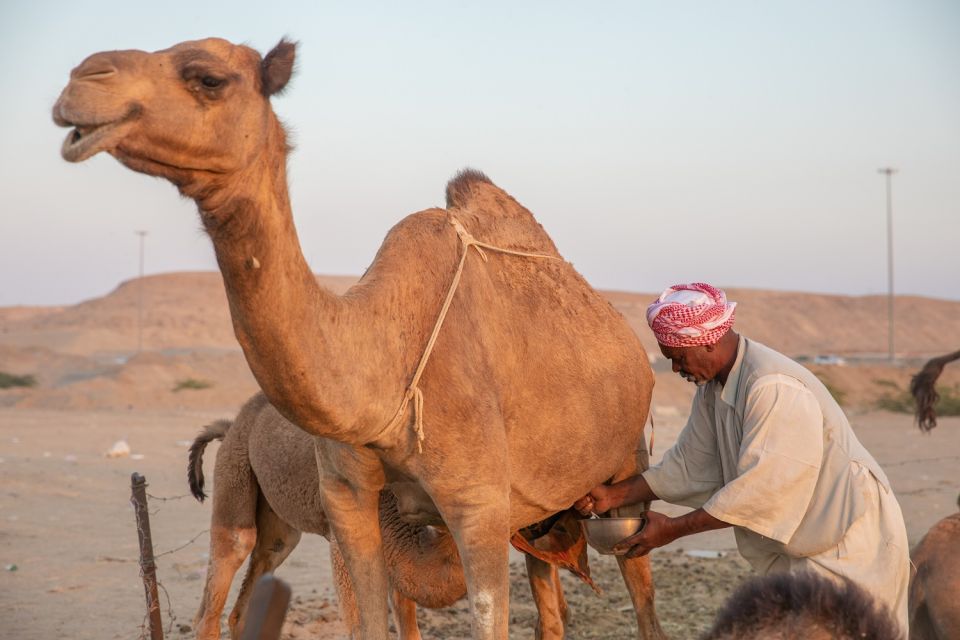- Camel milk has been consumed for several centuries and is now also sold in Western countries such as the United States. It is a very expensive milk, it is highly sought after and the demand is growing
Camel milk is a drink that has been consumed for several centuries in the cultures of the Middle East, Asia and Africa. Camel milk is now sold in many countries, including the United States. It is more expensive than cow’s milk, we review why and why some people prefer it.
To keep camel milk fresh for longer, it is pulverized; although liquid and frozen camel milk can also be found.
In some markets in Saudi Arabia, the United Arab Emirates, Kazakhstan, Morocco, Algeria, India, Egypt, Mauritania and Australia, you can also find ice cream, flavored drinks, chocolate and candies made with camel milk.
Camel milk is versatile and can in most cases replace other types of milk.
In the United States, camel milk has a high cost when compared to cow’s milk. According to Newstrail data, Desert Farms charges $35 per liter for camel milk, while cow’s milk costs around $0.80 per liter.
The high price of camel milk products is due to high manufacturing costs. Camels produce much less milk than a cow, around 6 liters per day, compared to 24 liters for a dairy cow.
Another reason for the high costs of camel milk is that demand exceeds supply in most Western countries. In the United States, camels are being imported and dairy farms are being established, although they are few. The FDA also significantly limits camel milk imports into the country.
Camel milk is highly sought after and the demand is growing. Consumption by autistic people is increasing, as is demand from people who are lactose intolerant. Camel milk may be a better choice for people with lactose intolerance or milk allergies as it contains less lactose than cow’s milk.
In addition to being one of the most nutrient-dense dairy beverages, camel milk contains natural probiotics and is credited with beneficial health effects.
Healthline notes that in terms of its calorie, protein, and carbohydrate content, camel milk is comparable to whole cow’s milk. However, it has less saturated fat and offers more vitamin C, B vitamins, calcium, iron, and potassium.
Camel milk is also noted to be a good source of healthy fats, “such as long-chain fatty acids, linoleic acid, and unsaturated fatty acids, which may support brain and heart health.”
According to WebMD, camel milk is high in antioxidants that help prevent cell damage that can lead to disease. “Camel milk is the closest natural substance to human breast milk. Just like breast milk, it protects newborn babies from various health problems,” adds the health magazine.
Healthline reports that camel milk can help lower blood sugar and improve insulin sensitivity, especially in people with type 1 and type 2 diabetes.
Camel milk also has compounds like lactoferrin, immunoglobulins, and camel whey protein, which can help fight disease-causing organisms and boost immunity.

